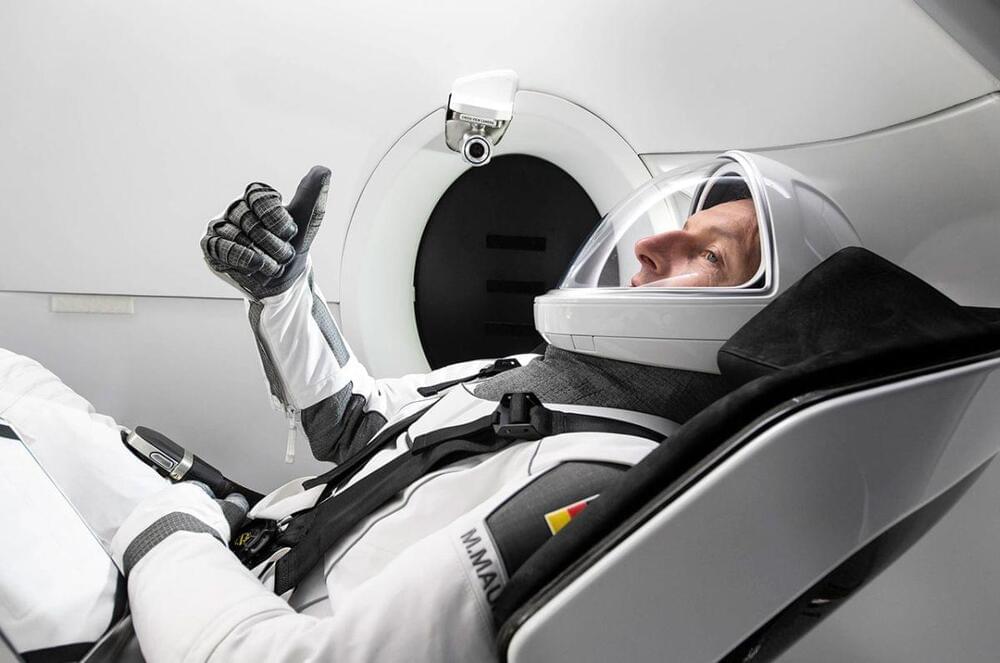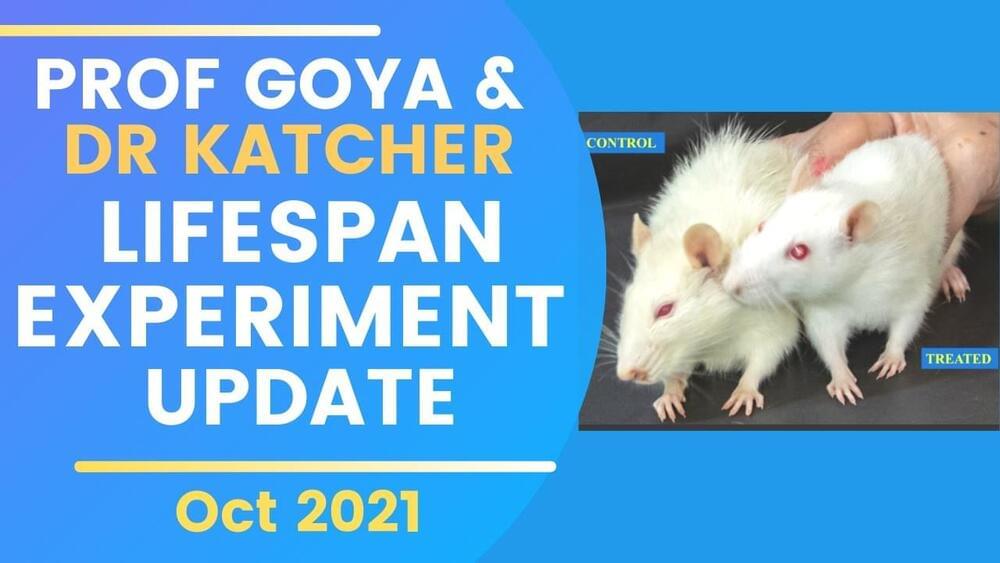Well, it’s official. After 17 years of being called Facebook, the social networking parent company behind Facebook, Instagram, WhatsApp, and Oculus has a new name.
Facebook’s corporate entity is now **Meta**.
Facebook creator Mark Zuckerberg announced the change at the company’s AR/VR-focused Connect event, sharing that the new title captured more of the company’s core ambition: to build the metaverse.
“To reflect who we are and what we hope to build, I am proud to announce that starting today, our company is now Meta. Our mission remains the same — it’s still about bringing people together. Our apps and our brands — they’re not changing either,” **Zuckerberg **said. “From now on, we’re going to be metaverse-first, not Facebook-first.”
Full Story:









